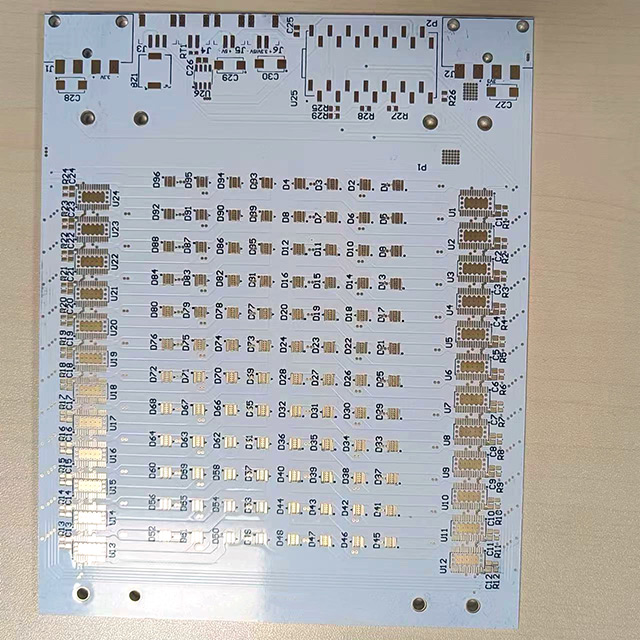I saw an oven that was rated at 3,100 watts. Now most would say that cannot be fitted on final ring circuit as rule of thumb. But:
3,100 watts draws amps of:
14.09 amps @ 220v
13.47 amps @ 230v
12.91 amps @ 240v
12.4 amps @ 250v
If the installation is 240v or 250v then it safely inside the 13 amp of a final ring circuit.
The question is, and the regs aficionados can help here, what is the voltage that should be used to assess, as maybe the voltage will vary in an installation over the years.
3,100 watts draws amps of:
14.09 amps @ 220v
13.47 amps @ 230v
12.91 amps @ 240v
12.4 amps @ 250v
If the installation is 240v or 250v then it safely inside the 13 amp of a final ring circuit.
The question is, and the regs aficionados can help here, what is the voltage that should be used to assess, as maybe the voltage will vary in an installation over the years.










